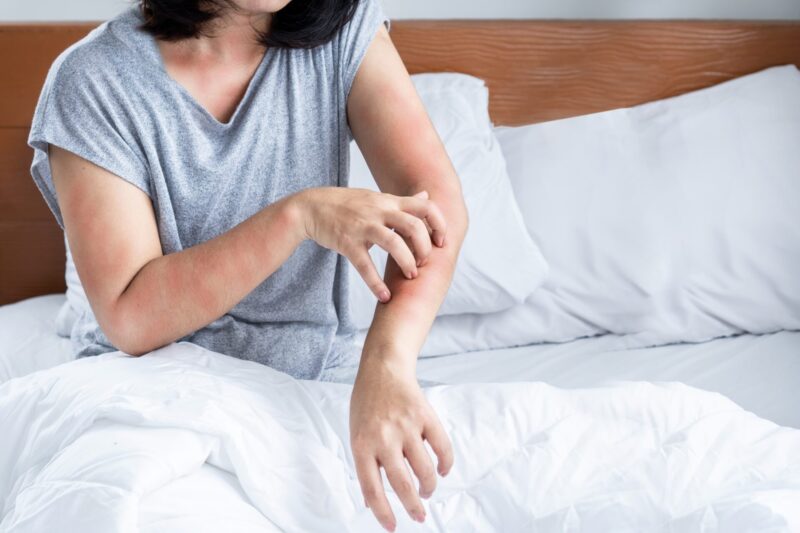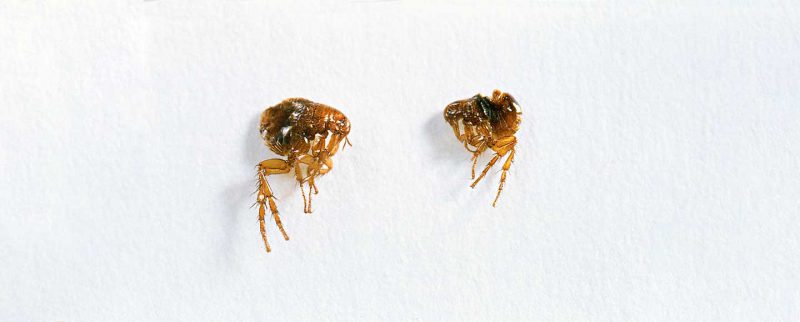Fleas
Fleas are a persistent nuisance in New Zealand, frequently infesting homes and businesses by hitching a ride on pets, wildlife, or humans. These tiny pests can cause discomfort, health concerns, and infestations that spread rapidly. Understanding flea behavior and implementing effective control measures is essential to maintain a comfortable, pest-free environment.
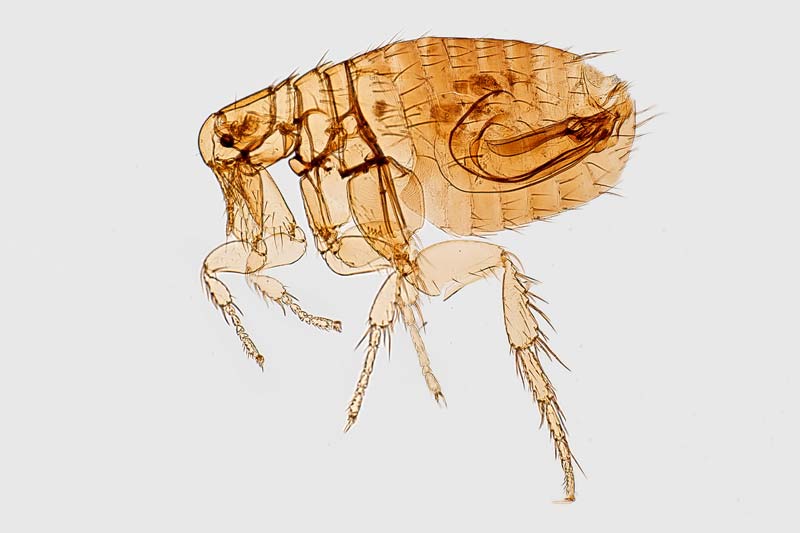
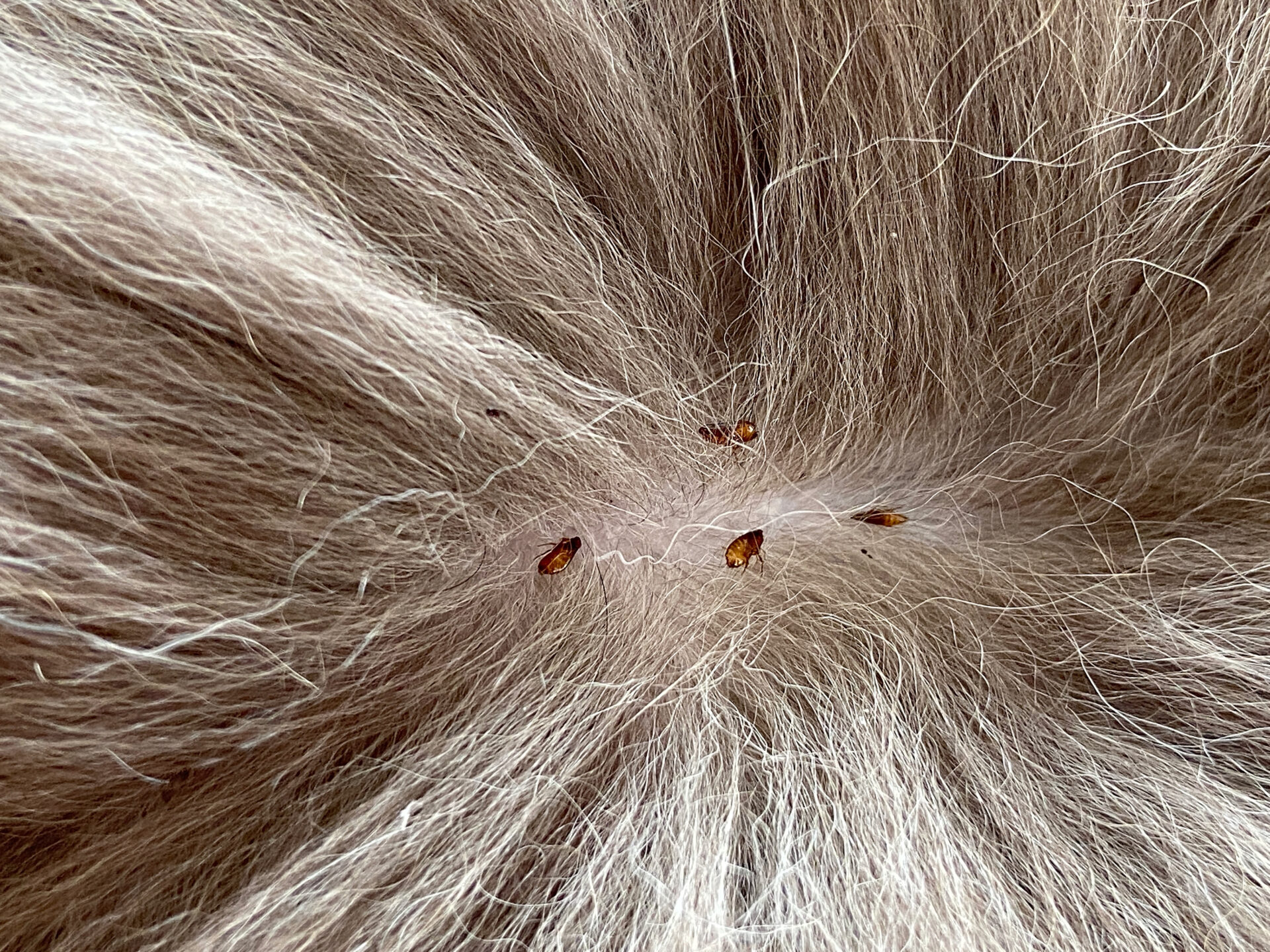
Common Flea Species in New Zealand
New Zealand is home to several flea species, each with unique behaviors and impacts:
- Cat Fleas (Ctenocephalides felis): The most common flea species in New Zealand, cat fleas infest cats, dogs, and even humans. They are small, reddish-brown, and can jump long distances to find a host. These fleas can quickly establish infestations, as females lay up to 50 eggs daily in your pet’s fur or bedding.
- Dog Fleas (Ctenocephalides canis): Similar in appearance to cat fleas, dog fleas are less common but equally problematic. They are known to feed on a range of mammals, including humans, and can cause skin irritation and discomfort in pets.
- Human Fleas (Pulex irritans): Though less frequently encountered, human fleas are larger than cat or dog fleas and primarily feed on humans and pigs. They are known for infesting bedding and furniture, causing itchy bites and irritation.
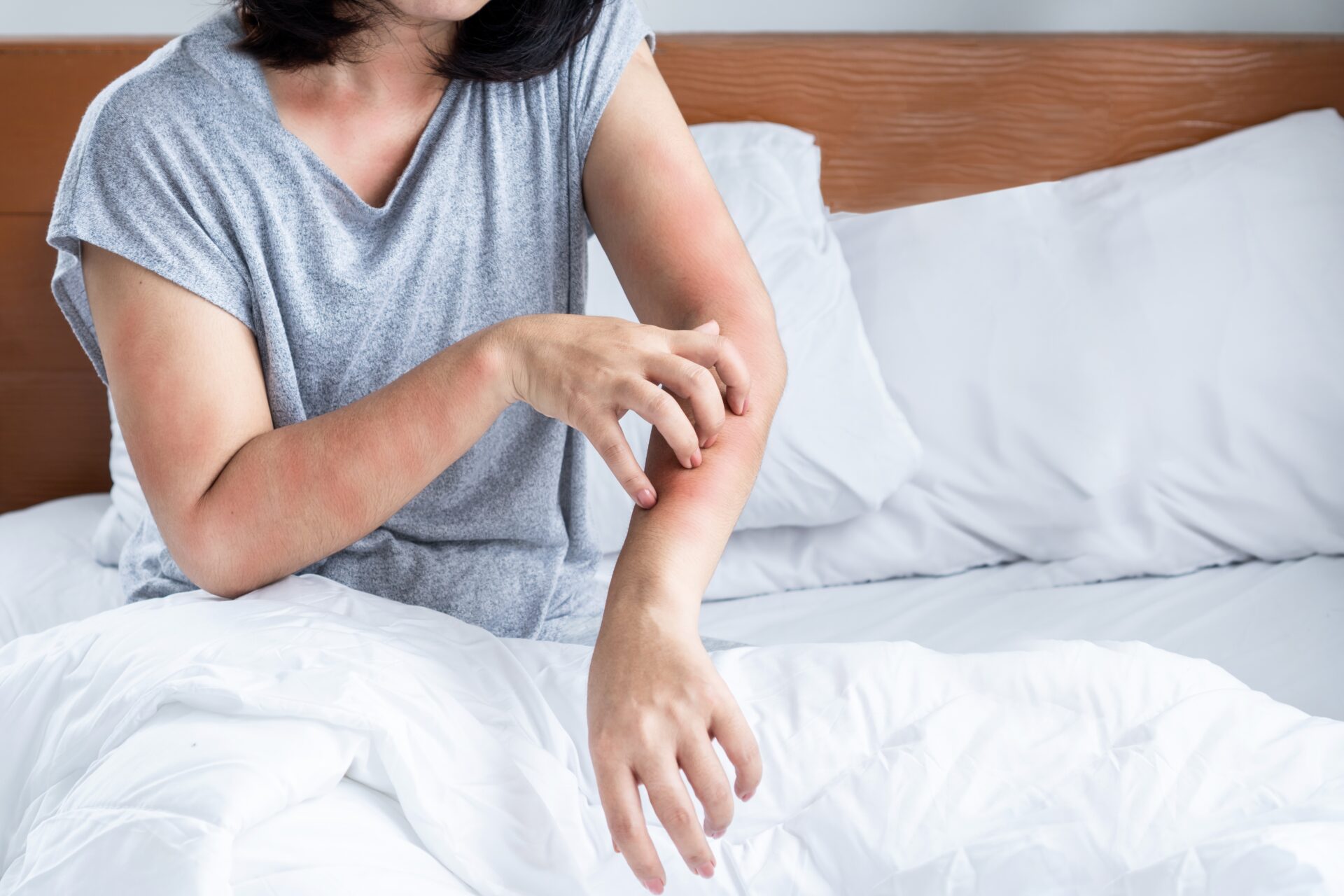
Signs of a Flea Infestation
Identifying a flea infestation early is crucial to prevent it from worsening. Key indicators include:
- Constant Scratching and Grooming in Pets: Pets infested with fleas will frequently scratch, chew, or lick themselves, particularly around their necks, tails, or bellies.
- Red Bites or Skin Irritation on Humans: Flea bites appear as small, red, itchy bumps, often clustered around the ankles or lower legs.
- Visible Fleas or Flea Dirt: You might see fleas jumping on carpets, furniture, or pet fur. “Flea dirt” (black, pepper-like specks) can often be found on pet bedding or skin and turns reddish when wet (digested blood).

Preventative Measures
Preventing flea infestations requires a proactive approach and consistent maintenance. Here are some key steps:
- Regular Pet Grooming: Wash and comb your pets regularly using flea combs to remove fleas and eggs. Apply vet-recommended flea treatments to prevent reinfestation.
- Vacuuming and Cleaning: Frequently vacuum carpets, upholstery, and cracks where fleas and their eggs may hide. Dispose of vacuum bags promptly to avoid reinfestation.
- Washing Pet Bedding: Wash your pet’s bedding and soft toys in hot water to kill fleas, larvae, and eggs.
- Yard Maintenance: Keep your yard clean and free of debris where fleas can thrive. Mow grass regularly, as fleas often hide in tall grass or shaded areas.
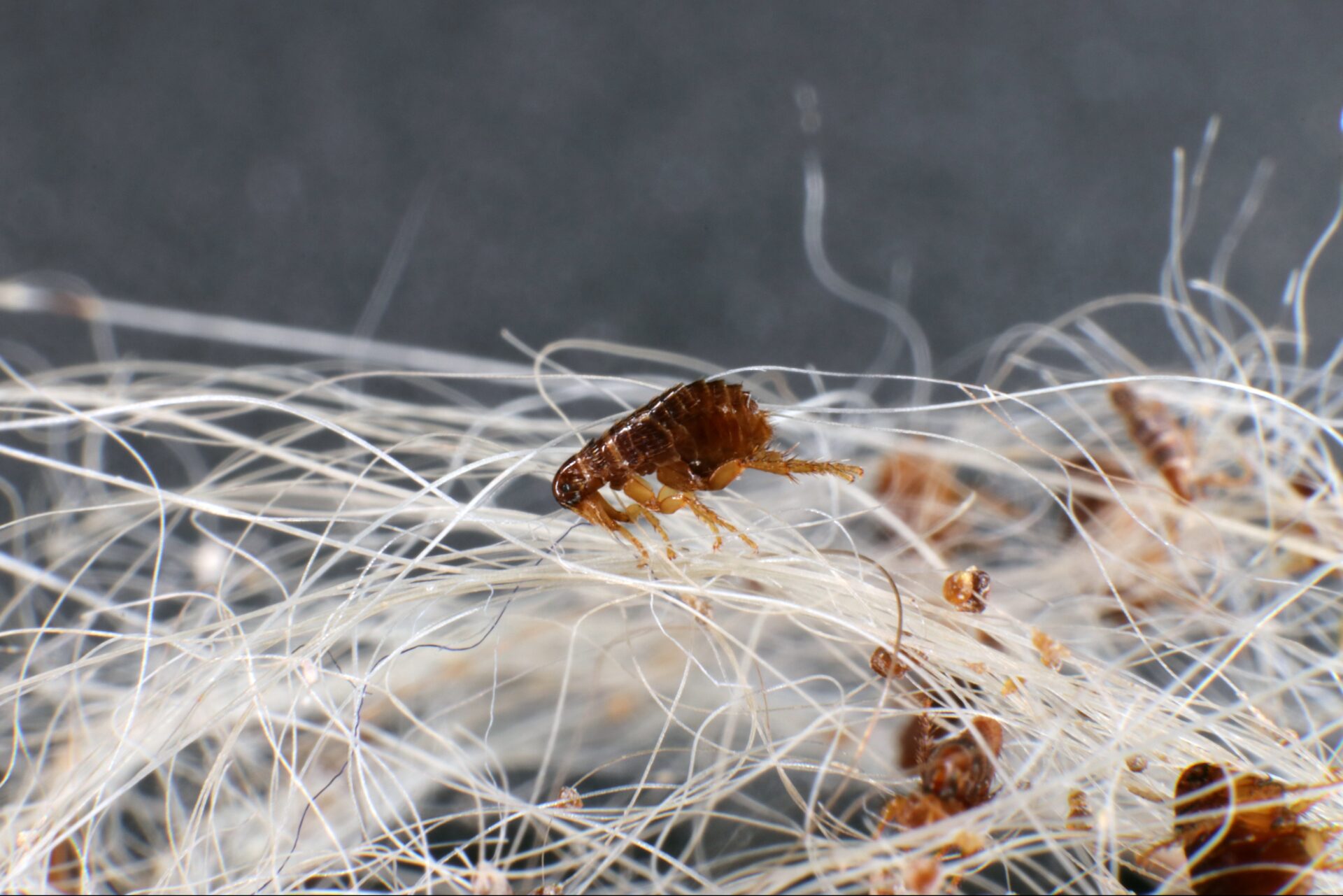
The Flea Life Cycle
Understanding the flea life cycle is crucial for effectively eliminating an infestation. Fleas undergo complete metamorphosis, progressing through four distinct stages:
- Egg: Flea eggs are small (about 0.5mm), oval-shaped, and white. A single adult flea can lay up to 50 eggs daily, resulting in rapid population growth. Eggs are often found in pet bedding, carpets, and upholstery, where they fall off the host. They hatch within 2-14 days, depending on environmental conditions.
- Larva: Once hatched, larvae are small, worm-like, and white with no legs. They feed on organic debris and “flea dirt” (dried blood excreted by adult fleas). Larvae thrive in dark, humid areas like carpets or floor crevices. This stage lasts 5-15 days, during which larvae molt several times.
- Pupa: The larva spins a cocoon and transitions into the pupal stage. This cocoon is sticky, allowing it to blend into the environment by collecting dust and debris. Fleas can remain in this stage for weeks or even months, waiting for favorable conditions, such as the presence of a host. Vibrations, carbon dioxide, and heat can trigger the adult flea to emerge.
- Adult: Adult fleas emerge ready to feed on a host. They are small (1-4mm), brown, and laterally flattened, enabling them to move through fur or hair easily. Adult fleas consume blood and reproduce rapidly, beginning the cycle anew.
Why It Matters:
Each stage of the flea life cycle requires targeted treatment. For instance:
- Vacuuming disrupts eggs and larvae.
- Chemical treatments target adults and pupae.
- Professional pest control ensures comprehensive solutions, addressing all life stages for long-term results.

Health Risks Associated with Flea Infestations
Flea infestations can do more than irritate your pets—they pose significant health risks to humans and animals alike. These risks underscore the importance of addressing infestations quickly and effectively:
- Skin Irritation and Allergies: Flea bites result in red, itchy bumps, often leading to scratching and potential secondary infections. For pets and humans with flea allergy dermatitis, a hypersensitivity to flea saliva, the reaction can be more severe, causing widespread irritation and hair loss in animals.
- Disease Transmission: Fleas are vectors for numerous diseases, including:
- Murine Typhus: Transmitted through flea bites or flea feces on the skin.
- Tapeworm Infections: Pets and occasionally humans can ingest infected fleas, leading to tapeworm infestations.
- Plague: Historically carried by fleas on rodents, this disease still exists in certain parts of the world.
- Pet Anemia: In severe infestations, the constant blood-feeding by fleas can lead to anemia in pets, especially young or small animals. Symptoms include lethargy, pale gums, and weakness, requiring immediate veterinary attention.
- Mental Stress: Beyond physical health, flea infestations can cause stress and anxiety for homeowners. The sight of fleas jumping on furniture or constant scratching by pets can create an uncomfortable living environment.
Shield Your Family & Home Year Round from Fleas
Flick's Home Protection Plans
Flick's Home Protection Plans provide effective and affordable protection for your home and family from a wide range of pests. Our Gold plan includes preventive measures to stop fleas from entering your home in the first place, as well as reactive and emergency flea pest control services if needed. All plans come with a 12-month warranty* and easy monthly payments. With a variety of plans to choose from, you can find a plan that meets your specific needs and budget. Contact your local Flick branch to see if Home Protection is available in your area and begin shielding your family from fleas today!
Commercial Pest Solutions
Integrated Flea Solutions
It is essential for businesses to prioritise the health and safety of their employees and customers. Fleas not only pose a health risk but also damage property and reputation. Flick’s professional commercial pest control services provide tailored solutions to prevent and eliminate any pest infestations, ensuring a clean and hygienic environment for everyone. Our regular inspections and treatments help to maintain a pest-free workplace and protect your business from potential pest related damage. Trusting in Flick’s commercial pest control solutions is a smart investment in the long-term success and reputation of any business.
Learn more here or call 0800 710 010.
Common Flea Questions
Where do fleas live?
The microscopic flea may survive in a variety of conditions, although it likes wet, humid, and shaded environments. Tall grass and wood piles are frequent features. They are most likely to be found in and around carpet and pet bedding inside the house. They are able to weave in and out of fur, hair, or feathers thanks to their compressed shape. They might be picked up by your pet when walking around the neighbourhood or in the yard.
What are flea bites like?
Flea bites typically show up on adults as a round red mark with a tiny dark red dot in the centre. While some people with allergies may suffer swelling and hives, itching is occasionally noticed. The more delicate skin of children may react more severely. Bite sites are typically localised on the ankles and lower legs. Apply calamine lotion to soothe, wash the area with a mild antiseptic or soap, and use ice to reduce swelling and irritation. If swelling persists, consult a physician.
Why are fleas considered pests?
Fleas can be quite annoying and uncomfortable, especially for your cherished pet. Additionally, they are capable of transferring to a human host and feeding on them. They cause dog allergies and skin disorders like dermatitis and mange, as well as leaving bite marks and feeding on human skin flakes. Additionally, they can spread diseases and germs in some nations and give cats and dogs tapeworms.
Do I need professional flea control?
A programme of pet flea treatments is the first line of defence. Fleas can, however, remain dormant for up to a year before sensing movement from a host. They can withstand clawing and other attempts by people and animals to get rid of them because of their hard bodies’ durability and great resistance to pressure. The most effective technique to solve the issue is to fully treat the home.
When are fleas active?
Since fleas enjoy warm, muggy weather, summer is their favourite season. Even though they lack wings, they can nevertheless move about fairly easily at these times. Most fleas can leap up to 18 cm in height or 33 cm horizontally due to their lengthy legs, which allow them to jump enormous distances. They are among the best jumpers in the world when compared to the size of their bodies! In fact, if people had the ability to jump like fleas, they would be able to cover 3,000 miles per hour in a thousandth of a second.
Common Flea Species
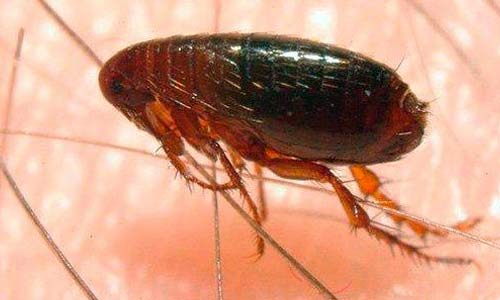
Common Fleas
Apppearance
Fleas are tiny — 2.5mm — and are either yellow, red, or dark brown. They feature an oval-shaped abdomen, a small head, and six legs that dangle from the insect’s body and carry them into the air before landing on a host.
I found Fleas! Help!
Don't worry, we're here to help. Follow these steps to stay safe until help arrives!
Call a Professional
Call Flick Pest Control Immediately.
If you encounter fleas in your home or business, you may be dealing with an infestation. Don’t wait until the problem gets out of hand – we can help protect your property and ensure the health and safety of those around you. Fill out the form below or call 0800 710 010 today.
Leave the Fleas Alone
Trust Flick Pest Control to handle the situation
Our pest control technicians have the knowledge, experience, and tools necessary to effectively and safely eliminate pests from your home or business. Attempting to treat fleas on your own can be risky and may not fully eradicate the problem.
We will and ensure a safe and effective outcome for your property.
There May be More!
Don’t Go Looking Around!
Flick’s pest control experts will perform a thorough inspection of the property to identify any areas where fleas may be present, followed by the development of a treatment plan tailored to the specific needs of the situation. By implementing effective pest control strategies, we can help ensure a pest-free environment for you.



